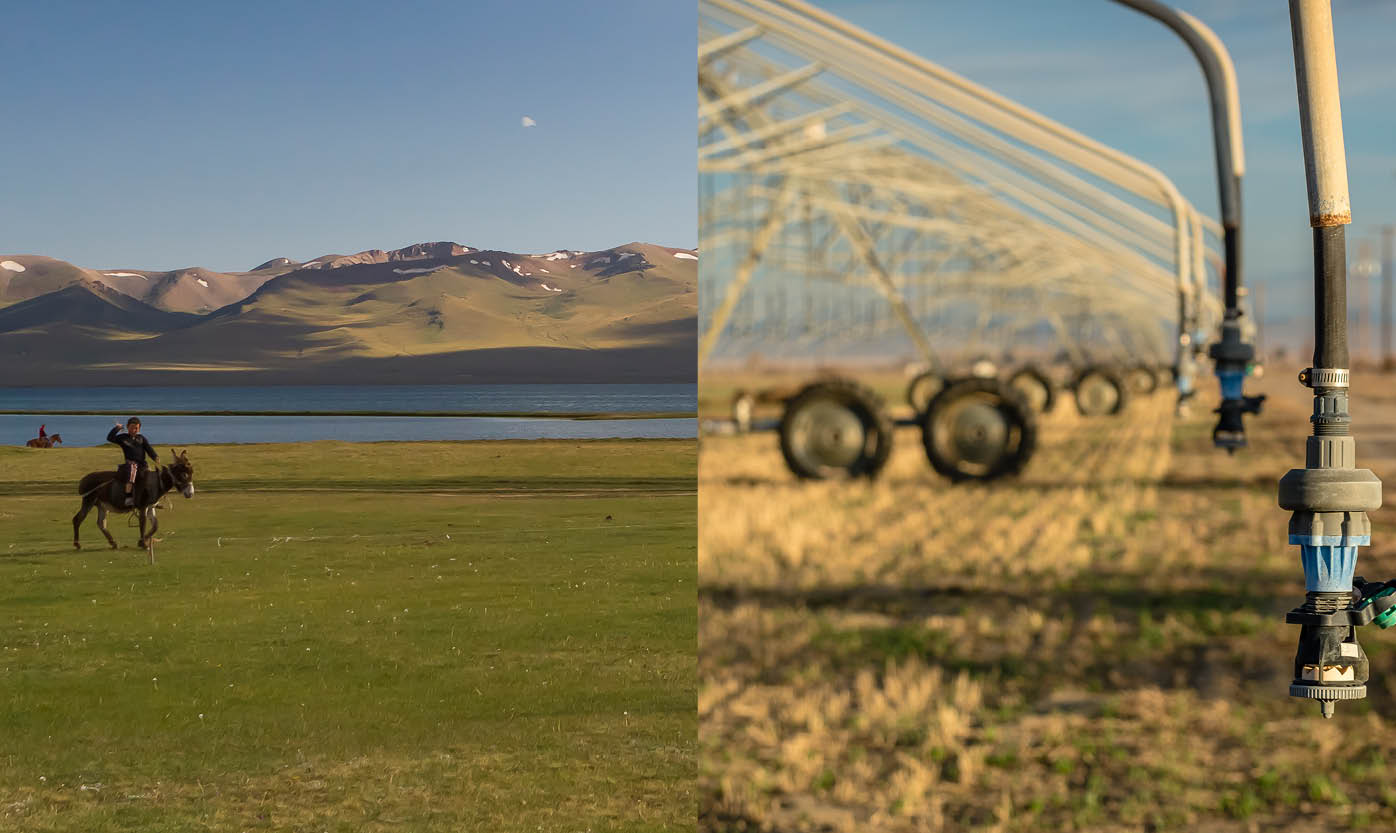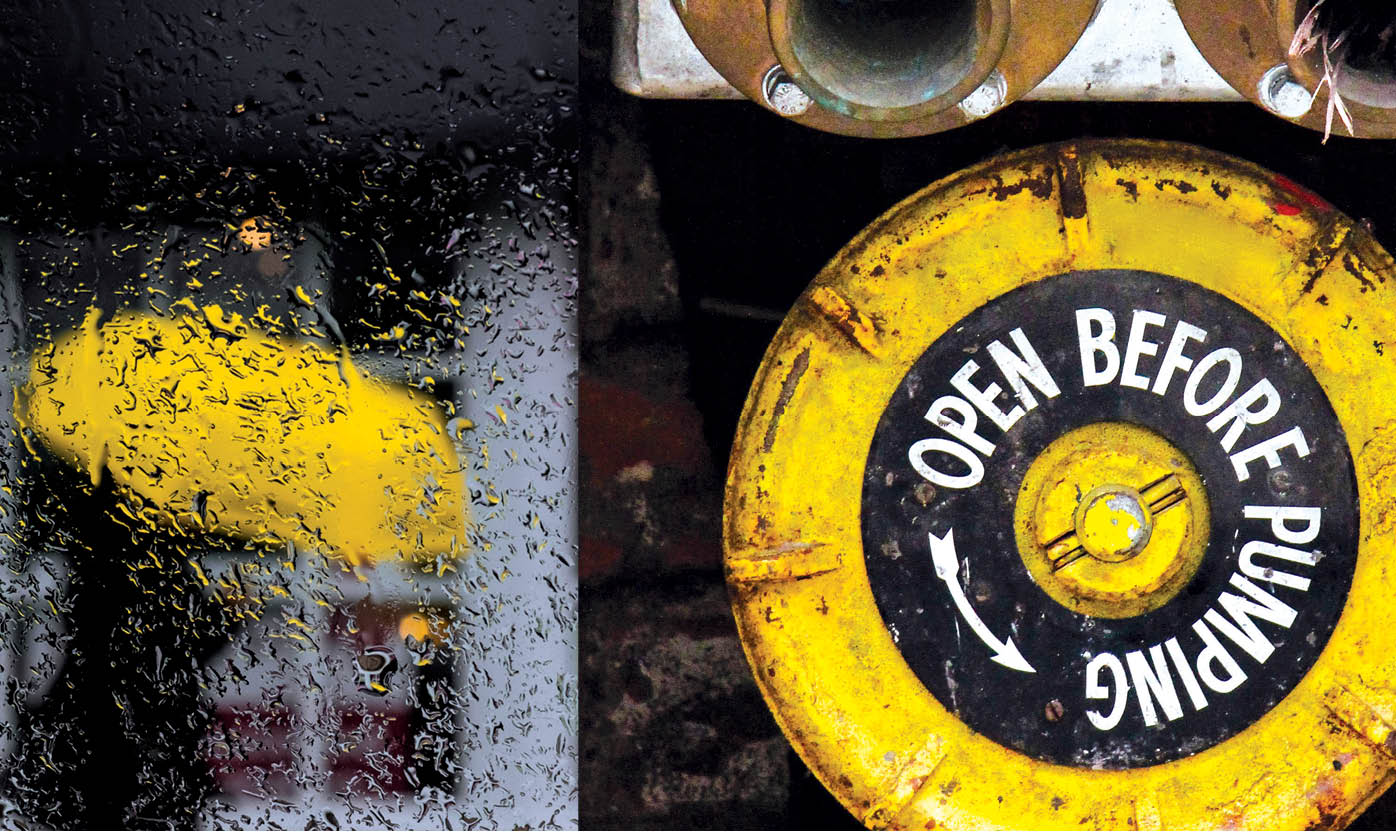Modern irrigation systems are key to agricultural growth in Central Asia

Modernizing Central Asia's largely dilapidated irrigation and drainage infrastructure is key to agricultural and economic growth in the region, according to a recent FAO Directions in Investment publication.
Modernized systems could contribute to everything from greater irrigation efficiency amid rising water scarcity, to more reliable and cost-effective services matching farmers' needs, to increased productivity to meet growing food and export demand.
They can also help countries meet national development objectives like climate-resilient economic growth, food security and poverty reduction.
Modernizing irrigation in Central Asia: concept and approaches offers practical guidance that can be applied to modernizing irrigation systems in Kazakhstan, Kyrgyz Republic, Tajikistan, Turkmenistan and Uzbekistan.
Designed for policy-makers, irrigation experts and international financing partners, it draws on the experiences and insights from an FAO stocktaking study carried out through a World Bank regional assistance programme.
For FAO Investment Centre Senior Economist Rimma Dankova, one of the publication's authors, the first step is to understand what modernization means.
"It's not just about physically rehabilitating these irrigation systems, it's about making changes in agricultural water management, introducing new technologies and agronomic practices, tapping into available innovations, knowledge and expertise," she said. "It's a whole package of interventions that cut across the engineering, agriculture, institutional, political, economic and financial domains."

Sector challenges
Most of the region's irrigation schemes, though still functional, operate far below their potential due to years of inadequate funding, changes in ownership, poor farm economics and management and policy constraints.
Available water resources are not evenly distributed among the five countries. Those downstream – namely, Turkmenistan and Uzbekistan – are heavily dependent on regional transboundary agreements to supplement their own internally renewable water resources.
The impact of climate change means less water from glaciers, more evapotranspiration and fluctuating rainfall patterns, leading to more severe droughts and floods in the region.
This report is available in English and Russian
A holistic approach
Modernizing the irrigation and drainage systems in Central Asia calls for a management- and performance-centric approach.
The publication introduces a framework centred around five 'action areas', including: policy development and legislation; institutional reform; system modernization; strengthening of agricultural services and practices; and building of knowledge and information systems.
In most of Central Asia, for example, water resources and irrigation are currently managed by the same organization. But given the rising importance of other water uses, like domestic water supply, hydropower and industry, changes in policies and legislation should separate water resources planning and management from irrigation management.
Another action area focuses on the development of national irrigation modernization plans to map out a vision and strategy. Such plans should provide options for investing in different types of irrigation schemes, like gravity-fed or pumped, single cropping or multi-cropping.
The introduction of digital technologies for precision agriculture – remote sensing, drones to monitor crop and soil conditions, automated weather stations, to name a few – could increase efficiency and reduce costs. And the use of renewable energy could keep the costs of pumped irrigation low while minimizing carbon footprints.
According to Winston Yu, Word Bank, Water Practice Manager for Europe and Central Asia Region, tailoring modernization to suit particular types of schemes is key to their success.
"Introducing high-tech operating systems might make sense in some schemes but not in others," he said. "And the pace of modernization needs to fit the specific national contexts."
The authors' position is that once governments and the private sector commit to modernizing irrigation systems, "they need to understand that it does not begin and end with one project but is a continuous process of maintaining and enhancing irrigation scheme performance."


